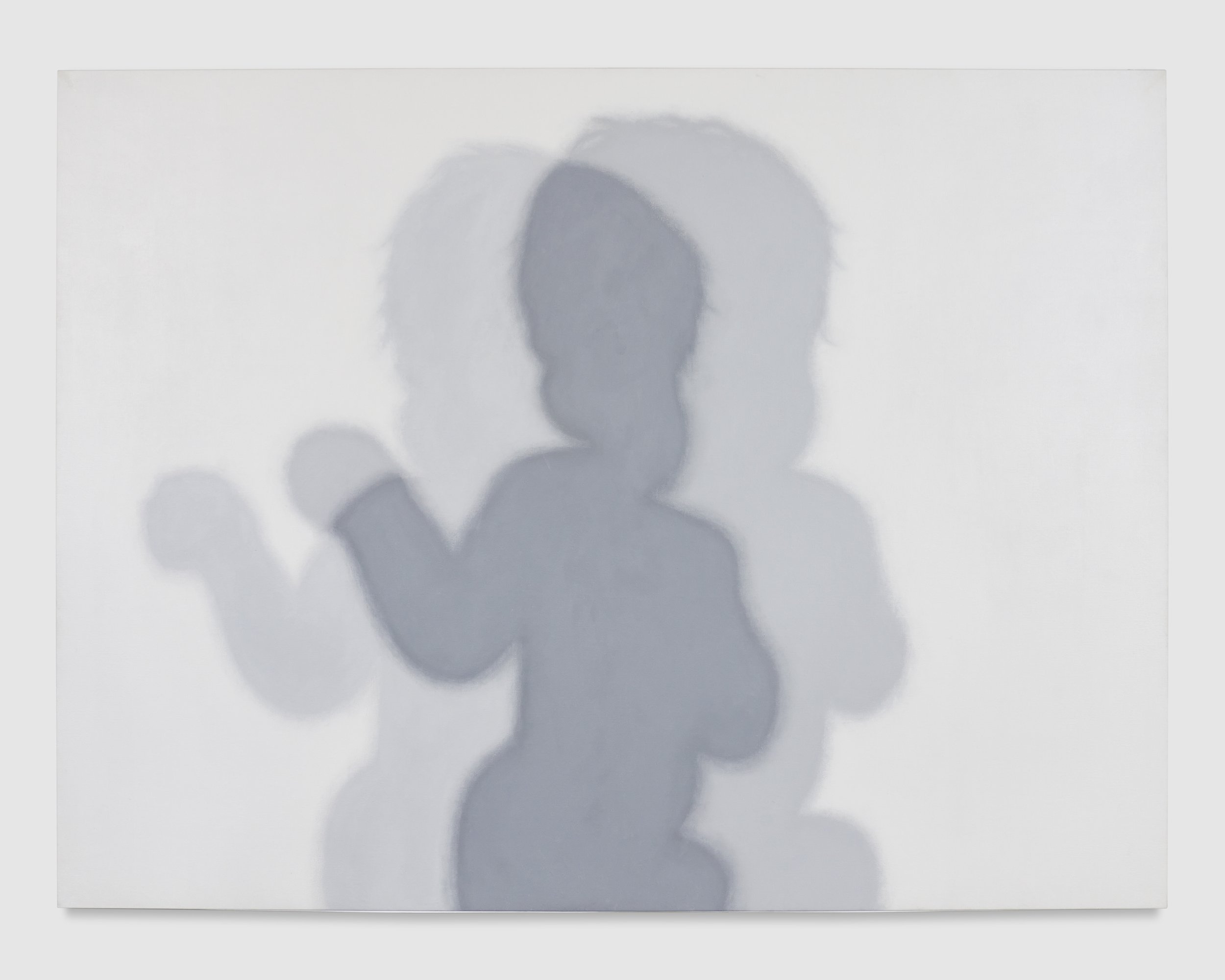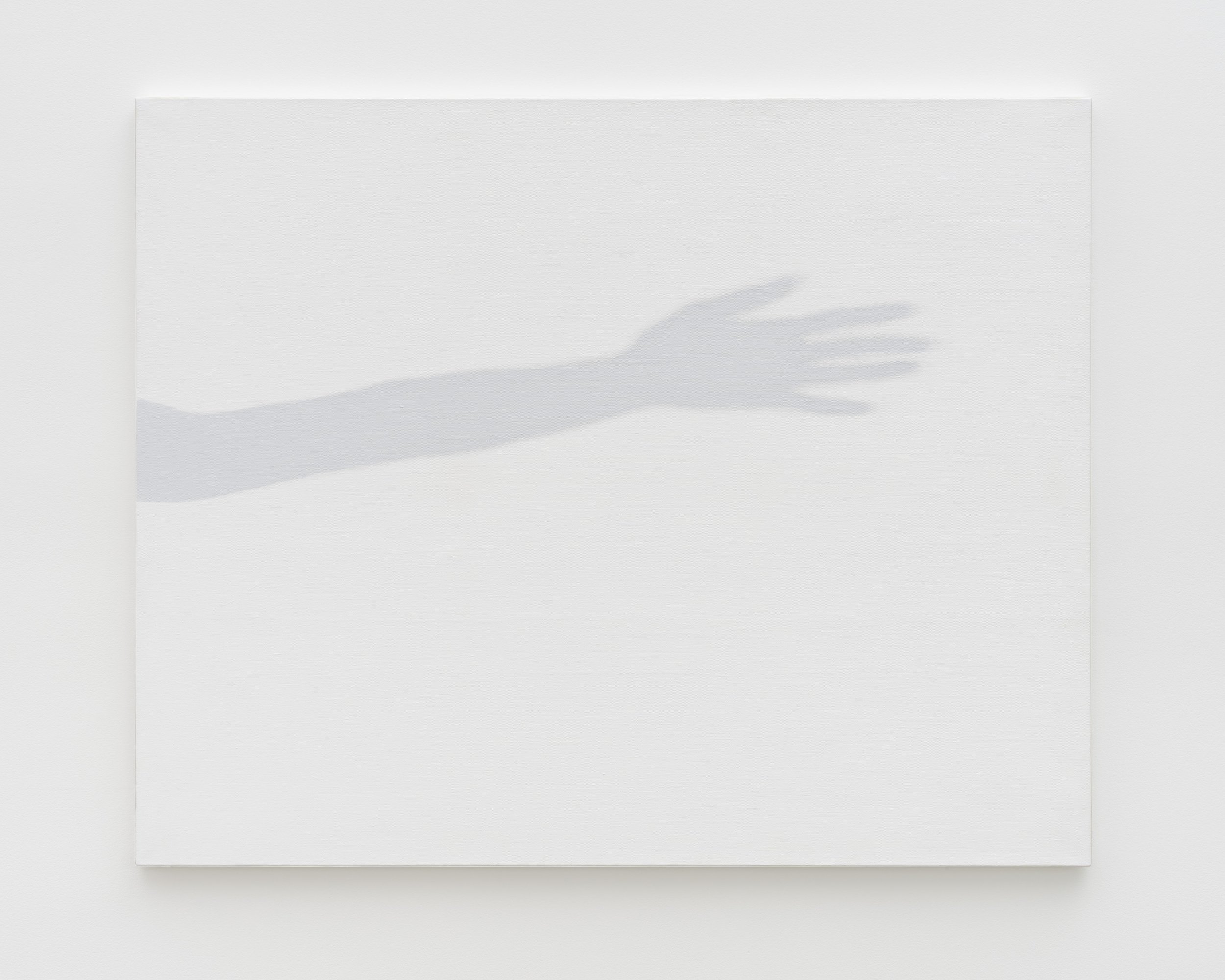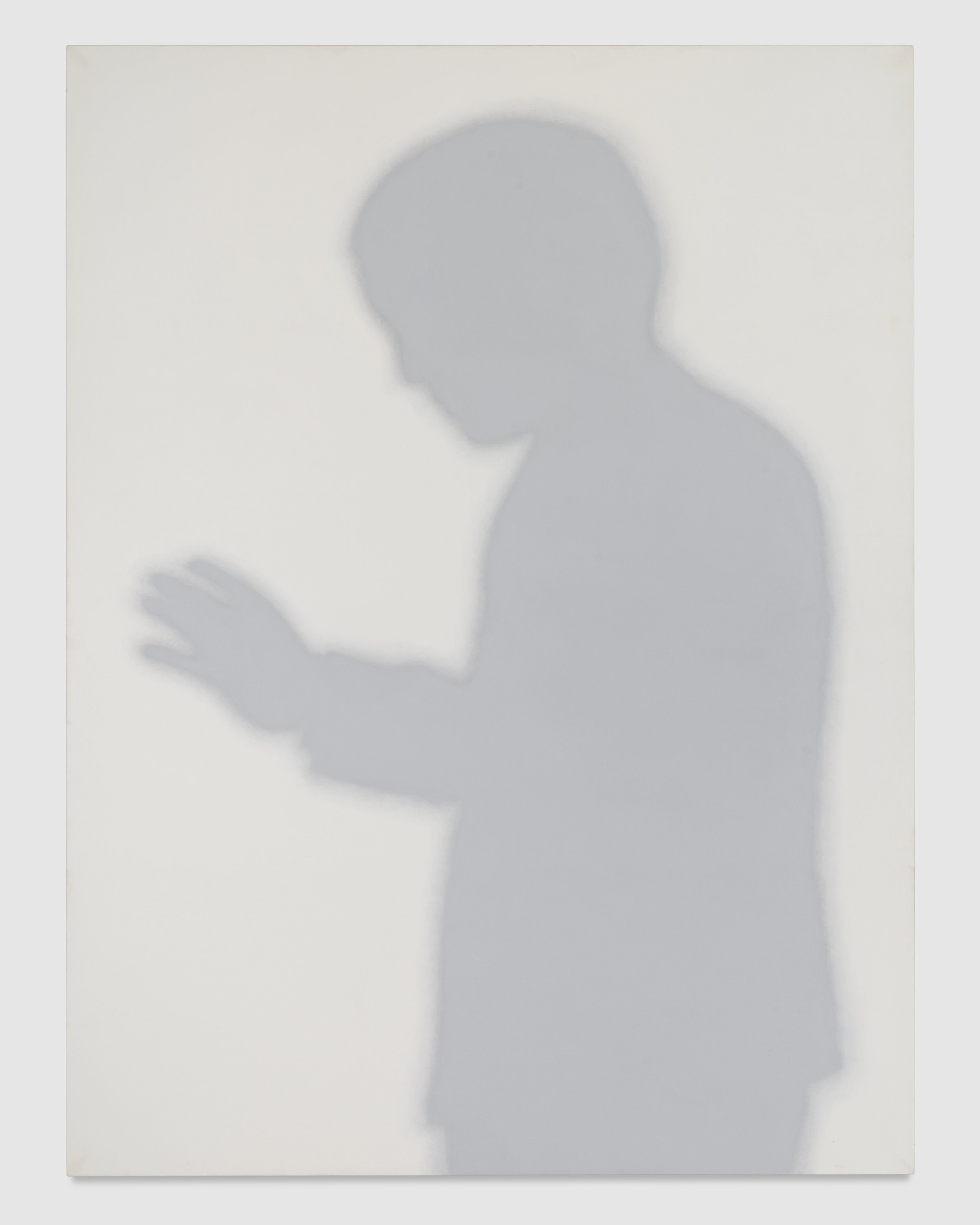Jiro Takamatsu: The World Expands
Jiro Takamatsu: The World Expands 540 West 25th Street, New York, NY 10001 September 20 – November 2, 2024 Photography courtesy Pace Gallery
New York – Pace is pleased to present its first exhibition of Jiro Takamatsu—a profoundly influential artist, theorist, and teacher who emerged in postwar Japan in the early 1960s—since its representation of the artist’s estate this year. The exhibition opened on September 20 and will be open until November 2; the presentation at the gallery’s 540 West 25th Street flagship in New York will focus on Takamatsu’s Shadow and Perspective concepts—throughout his entire oeuvre, Takamatsu used the term “concept” to denote certain ideas or phenomena. Bringing together a selection of his paintings, drawings, and sculptural objects dating from 1966 to 1997, this exhibition will showcase his inventive, deeply philosophical practice and his important role in the development of Conceptual Art.
A prolific artist who produced thousands of works over the course of his 40-year career, Takamatsu worked across painting, sculpture, drawing, photography, and performance, exploring questions about perception, space, existence, and absence. Early in his practice, during the 1960s, he staged performative interventions in public spaces around Tokyo as part of the artist collective Hi Red Center, liberating art from its traditional context and shaking the foundations of the Japanese art world at the time. Presenting politically minded actions in public spaces throughout postwar Tokyo, Hi Red Center sought to dissolve boundaries between art and life—producing what the group called a “descent into the everyday”—through experimental and unorthodox approaches to making. It was also during this decade, in 1968, that Takamatsu represented Japan at the 34th Venice Biennale, cementing his status as a key figure within the international avant-garde.
Jiro Takamatsu Double Shadow of a Baby, 1969- 1997 Acrylic on canvas 85-7/8" × 9' 6" (218.1 cm × 289.6 cm) No. 92867 © The Estate of Jiro Takamatsu, Courtesy Yumiko Chiba Associates, Tokyo, Pace Gallery, New York and Stephen Friedman Gallery, London. Photo by Richard Gary.
Viewing the act of creating as an intensely intellectual endeavor, Takamatsu adopted a somewhat reclusive, solitary lifestyle as part of his practice. Grounded by his thoughts about and observations of the world around him, the artist’s highly conceptual works often examine ideas about reality and the self, matter and space, and presence and absence. Producing diverse bodies of work simultaneously, he examined these concepts through various mediums and forms. In one of Takamatsu’s best-known bodies of work—his iconic Shadow paintings, which he created from 1964 up until his death in 1998—he explored questions of perception and dimension as they relate to our experience of matter. In these illusionistic paintings depicting shadows of figures and objects, he presents a visual summation of the complex relationships between that which is at once existent and nonexistent, tangible and intangible, in both physical and metaphysical terms.
Jiro Takamatsu: The World Expands 540 West 25th Street, New York, NY 10001 September 20 – November 2, 2024 Photography courtesy Pace Gallery
A selection of the artist’s Shadow paintings and drawings will figure in Pace’s upcoming presentation in New York, alongside works from his lesser-known Perspective series. Takamatsu began creating his Perspective paintings, drawings, and sculptures in the mid-1960s in tandem with his Shadow works, and the relationship between these two concepts hinges on the illusionistic potential of space, when perspective is bent by human intervention. While many of his two-dimensional, mathematically minded Perspective works depict silhouetted figures occupying geometric structures within different planes, some of these compositions are devoid of figures, focusing instead on the ways that combinations of shapes can imply interiority, exteriority, and depth. Several material objects from the Perspective series on view in the gallery’s show will shed light on the ways in which Takamatsu extended these inquiries into three dimensions, imbuing his painted abstractions with a physicality that makes them all the more surreal.
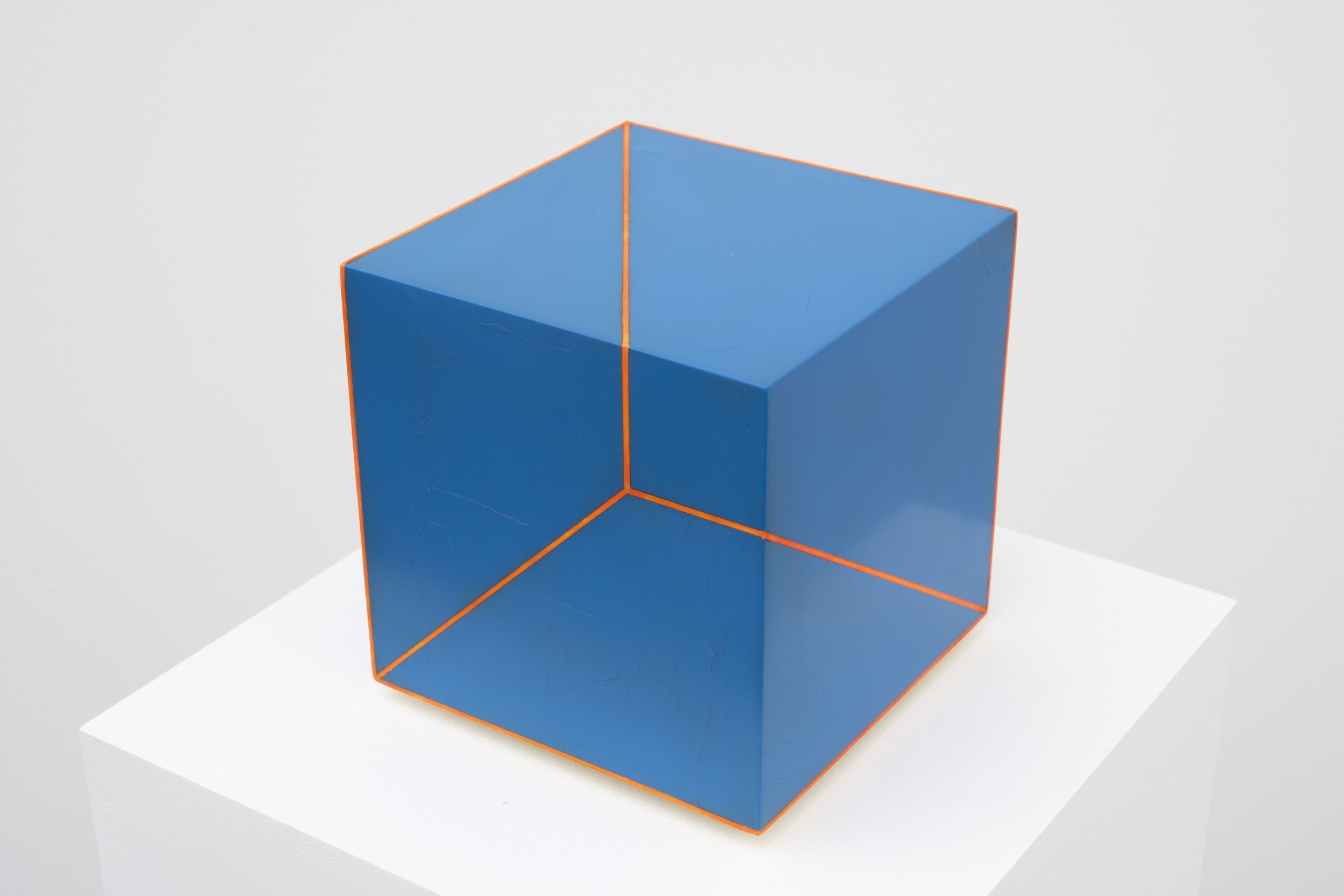

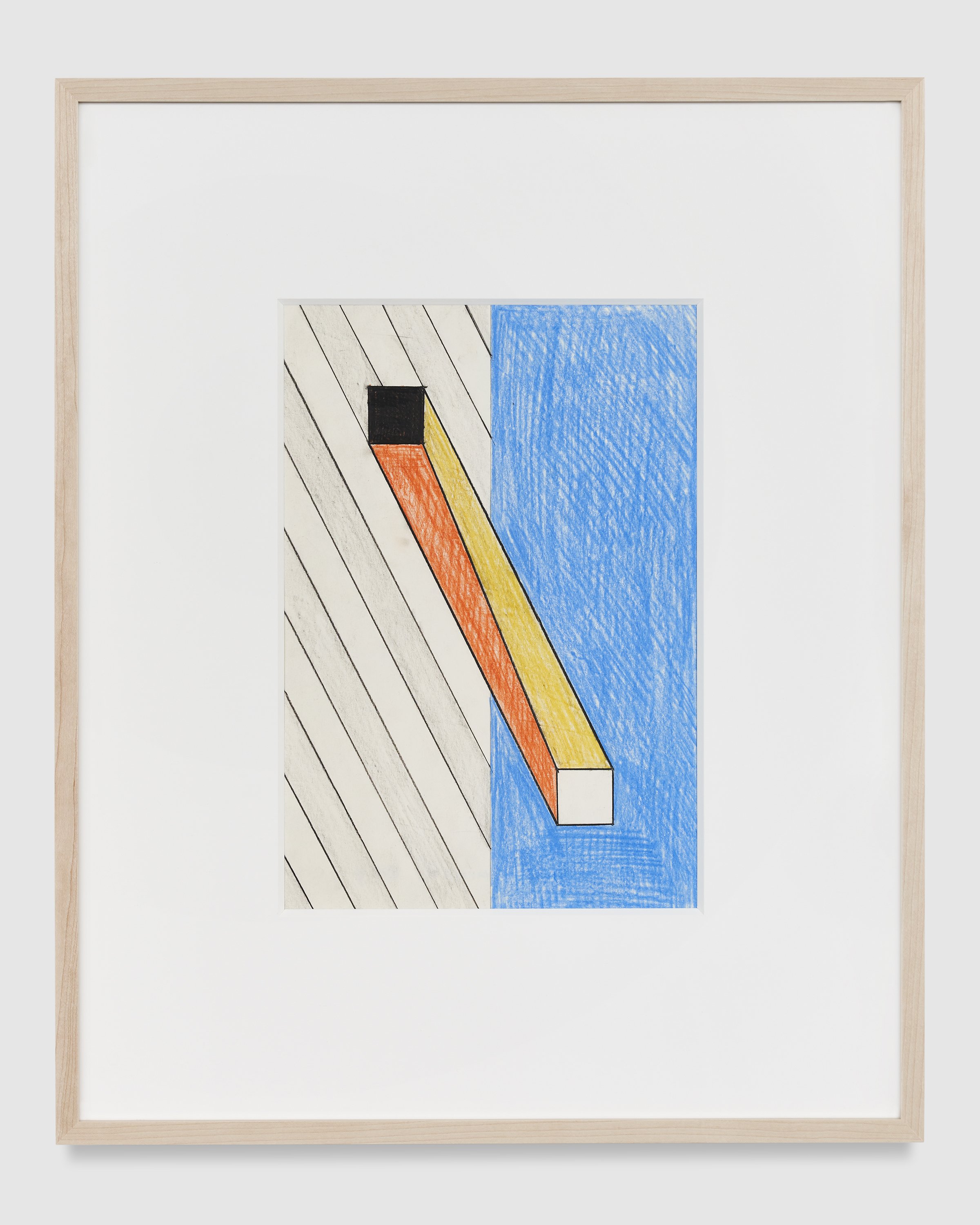
Engaging with histories of Dadaism and Surrealism through a minimalist visual language. Jiro Takamatsu’s (b. 1936, Tokyo; d. 1998, Tokyo) art centers on metaphysical ideas and concepts related to time, space, and emptiness. Over the span of his four-decade career, the artist engaged with a range of mediums, including sculpture, photography, painting, drawing, and performance art, through which he explored concepts related to perception, space, and objecthood. Takamatsu studied at the Tokyo National University of Fine Arts and Music, where he cultivated an interdisciplinary artistic practice after graduating in 1958. In the following years, he helped establish the collective known as Hi Red Center (1963– 64), which sought to dissolve boundaries between art and life through politically minded actions in public spaces. Takamatsu was also a leading figure in the Mono-Ha (School of Things) movement, centering on materiality and material conditions through non-representational art. Through his practice, Takamatsu investigated how painting could serve as a tool for critical inquiry, questioning the role of perceptual and visual phenomena in constructing notions of reality.
An influential figure of the Japanese avant-garde, presenting numerous solo exhibitions during his lifetime, Takamatsu is once again the subject of international attention, his practice lauded by scholars and curators across institutions globally.
Jiro Takamatsu Shadow No. 1452, 1997 acrylic on canvas 51-5/16" × 63-13/16" (130.3 cm × 162.1 cm) No. 92240 © The Estate of Jiro Takamatsu, Courtesy Yumiko Chiba Associates, Tokyo, Pace Gallery, New York and Stephen Friedman Gallery, London. Photo by Peter Clough.
In 2014, the National Museum of Modern Art in Tokyo opened Jiro Takamatsu: Mysteries, which traced three distinct phases of his career; in 2015, the National Museum of Art in Osaka mounted the major retrospective Jiro Takamatsu: Trajectory of Work. Takamatsu has also been the subject of solo exhibitions at the Henry Moore Institute, Leeds, United Kingdom (2017) and the Royal Society of Sculptors, London (2019). The artist’s work is held in important public collections worldwide, including Aomori Museum of Art, Japan; Dallas Museum of Art, Texas; The Museum of Modern Art, New York; The National Museum of Art, Osaka; The National Museum of Modern Art, Tokyo; Solomon R. Guggenheim Museum, New York; and Tate, London; among others.
Jiro Takamatsu Shadow, 1989/1997 Acrylic on canvas 9' 6-3/4" × 85-7/8" (291.5 cm × 218.1 cm) No. 89830 © The Estate of Jiro Takamatsu, Courtesy Yumiko Chiba Associates, Tokyo, Pace Gallery, New York and Stephen Friedman Gallery, London. Photo by Richard Gary.
Pace is a leading international art gallery representing some of the most influential artists and estates of the 20th and 21st centuries, founded by Arne Glimcher in 1960. Holding decades-long relationships with Alexander Calder, Jean Dubuffet, Agnes Martin, Louise Nevelson, and Mark Rothko, Pace has a unique history that can be traced to its early support of artists central to the Abstract Expressionist and Light and Space movements. Now in its seventh decade, the gallery continues to nurture its longstanding relationships with its legacy artists and estates while also making an investment in the careers of contemporary artists, including Torkwase Dyson, Loie Hollowell, Robert Nava, Adam Pendleton, and Marina Perez Simão. Under the current leadership of CEO Marc Glimcher and President Samanthe Rubell, Pace has established itself as a collaborative force in the art world, partnering with other galleries and nonprofit organizations around the world in recent years. The gallery advances its mission to support its artists and share their visionary work with audiences and collectors around the world through a robust global program anchored by its exhibitions of both 20th century and contemporary art and scholarly projects from its imprint Pace Publishing, which produces books introducing new voices to the art historical canon. This artist-first ethos also extends to public installations, philanthropic events, performances, and other interdisciplinary programming presented by Pace.
Today, Pace has eight locations worldwide, including two galleries in New York—its eight-story headquarters at 540 West 25th Street and an adjacent 8,000-square-foot exhibition space at 510 West 25th Street. The gallery’s history in the New York art world dates to 1963, when it opened its first space in the city on East 57th Street. A champion of Light and Space artists, Pace has also been active in California for some 60 years, opening its West Coast flagship in Los Angeles in 2022. The gallery maintains European footholds in London and Geneva as well as Berlin, where it established an office in 2023.
Pace was one of the first international galleries to have a major presence in Asia, where it has been active since 2008, the year it first opened in Beijing’s vibrant 798 Art District. It now operates galleries in Hong Kong and Seoul and opens its first gallery in Japan in Tokyo’s Azabudai Hills development in 2024.
Photography courtesy Pace Gallery. For more information about this exhibition and others, please visit the Pace Gallery’s website here. Pace Gallery can be found on Instagram and Artsy, too.


